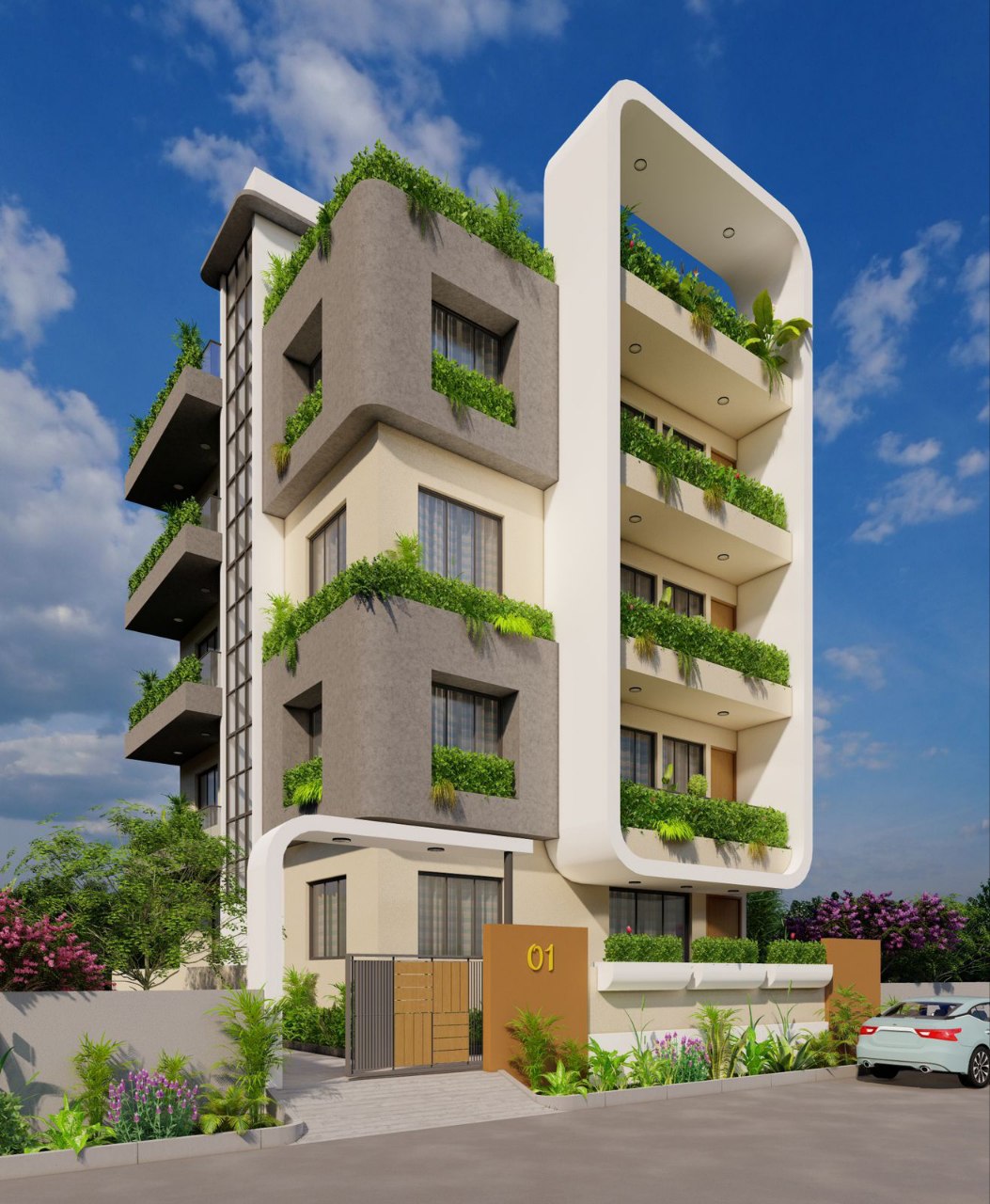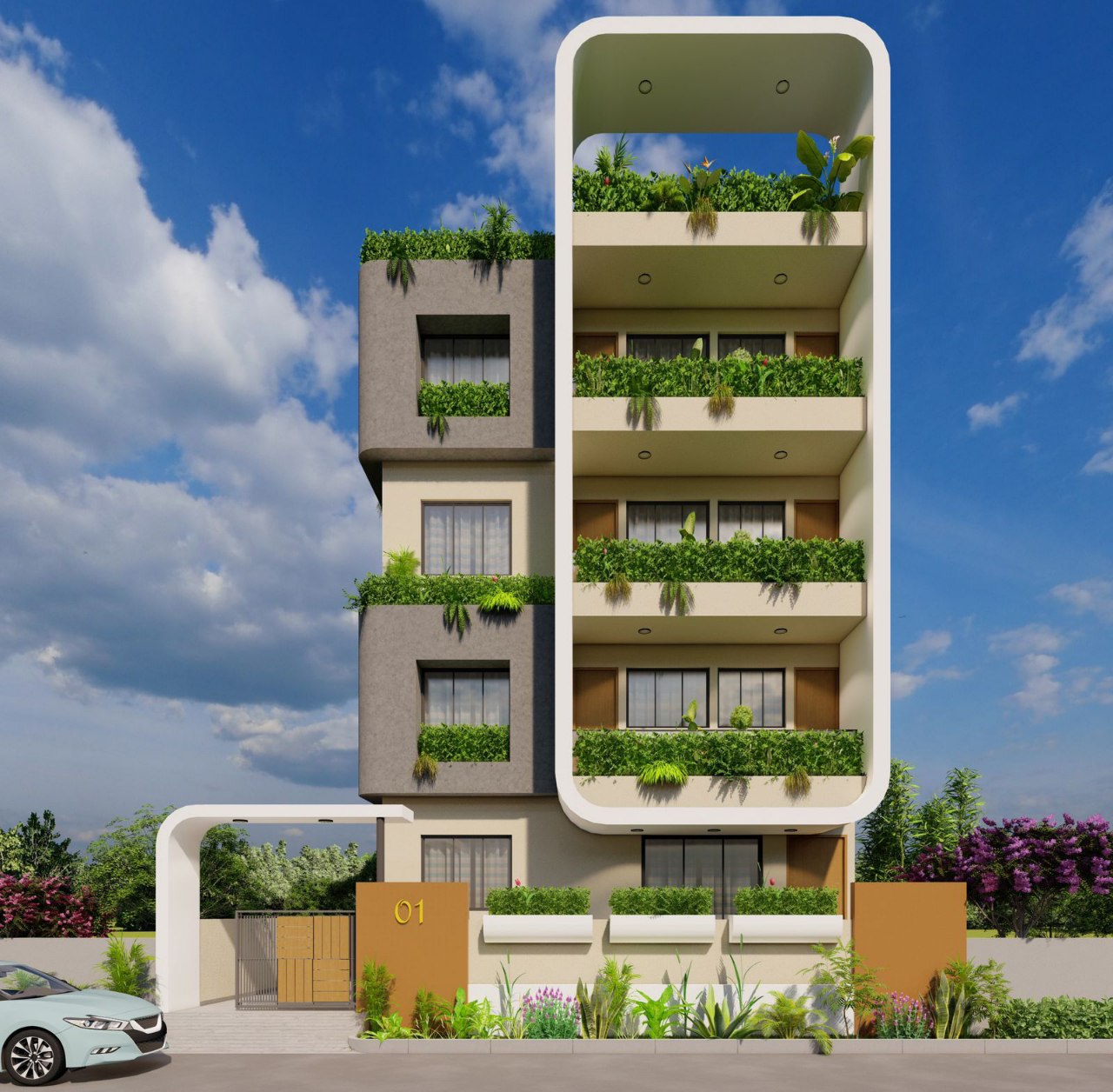



Sustainable architectural planning with biophilic designs is an innovative approach that seeks to harmoniously integrate buildings with nature, creating a welcoming and healthy environment for occupants while minimizing negative impacts on the planet. Biophilic design focuses on connecting people with nature through elements like natural light, plants, and organic materials. This progressive form of architecture holds great potential for addressing the environmental challenges we face today.
One fundamental principle of sustainable architectural planning is reducing energy consumption. Biophilic designs achieve this by incorporating natural lighting systems that optimize daylight usage, reducing the need for artificial lighting. This not only reduces energy consumption but also enhances the well-being and productivity of occupants, as exposure to natural light has been proven to positively impact physical health and mental well-being.
Furthermore, biophilic designs feature living walls, green roofs, and indoor gardens, which not only provide aesthetic value but also deliver numerous environmental benefits. These elements reduce the urban heat island effect, improve air quality, and promote biodiversity. They also provide insulation, minimizing the need for excessive heating and cooling, thereby reducing the energy demands of the building.
The use of sustainable and renewable materials is another key aspect of biophilic design. Architects can choose eco-friendly materials like bamboo or salvaged wood instead of traditional materials like concrete or metal. These alternatives have lower carbon footprints, promote responsible resource management, and can be easily recycled or decomposed at the end of their life cycle.
Biophilic design also emphasizes the integration of nature within the building. This can be achieved through the incorporation of water features, natural textures, and colors inspired by the surrounding environment. Additionally, providing access to outdoor spaces like gardens, terraces, or courtyards encourages people to connect with nature and experience its benefits firsthand.
Not only does sustainable architectural planning with biophilic designs have positive environmental impacts, but it also provides countless benefits for human well-being. Studies have shown that exposure to nature reduces stress, enhances cognitive functions, and improves overall mental and physical health. By integrating natural elements and green spaces into building designs, architects can create spaces that prioritize the well-being and comfort of occupants.
In conclusion, sustainable architectural planning with biophilic designs is an exciting and innovative approach that promotes the well-being of both individuals and the environment. By incorporating elements of nature, optimizing energy consumption, and using sustainable materials, architects can create buildings that coexist harmoniously with nature, leading us towards a more sustainable and eco-friendly future
